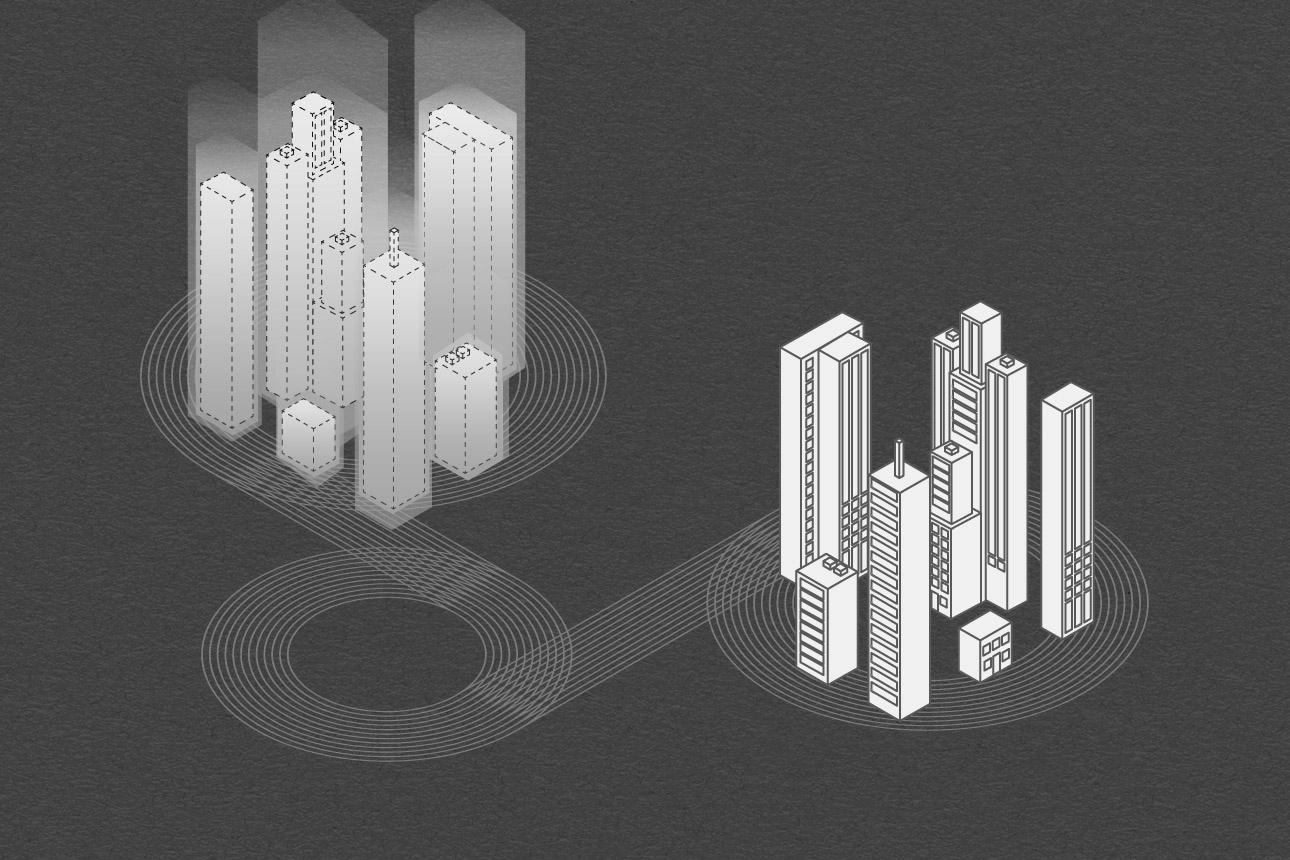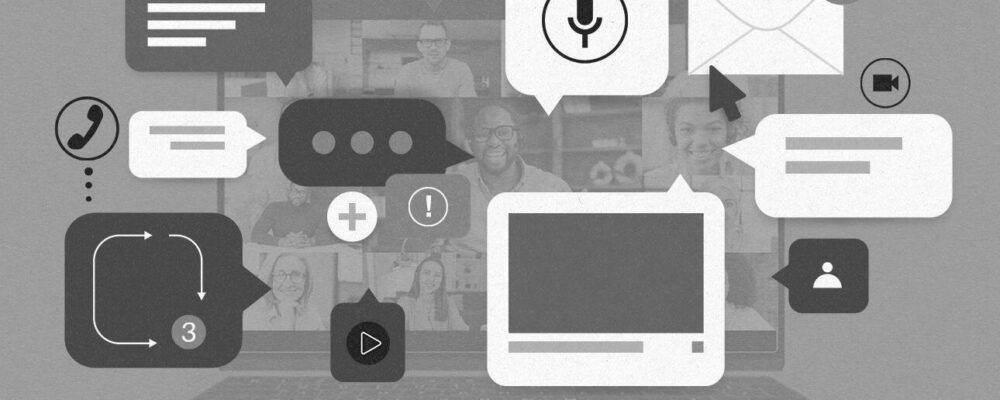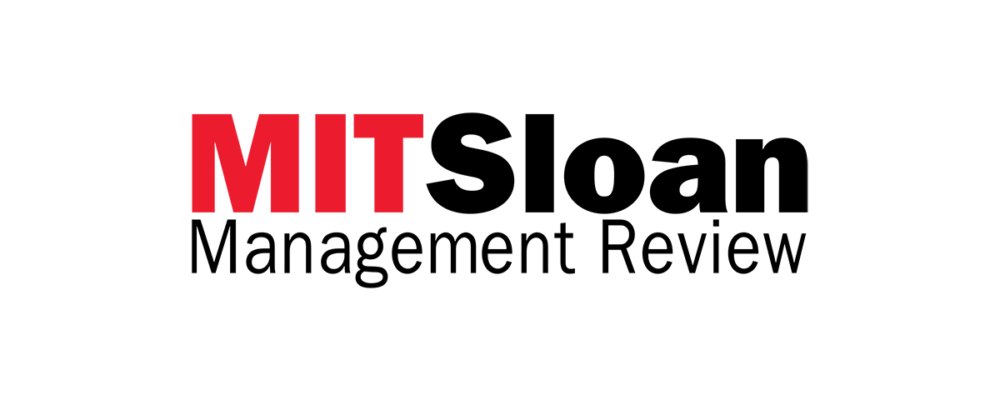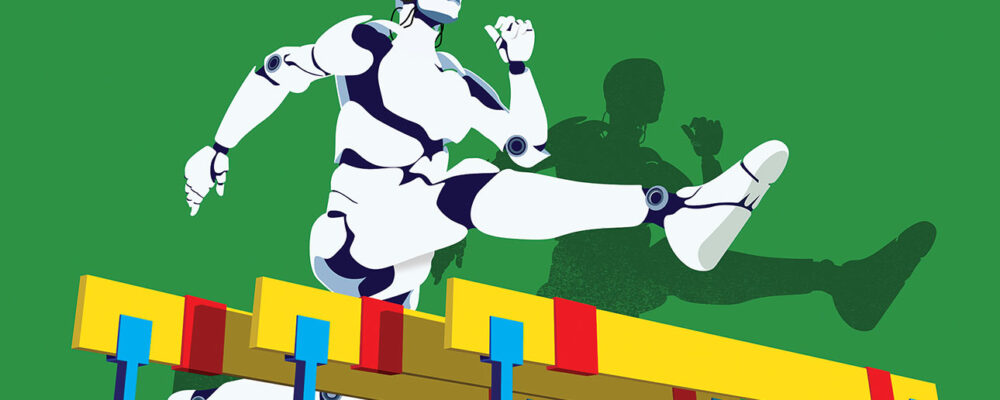A hybrid approach that combines human knowledge and machine learning delivers better results for mission-critical simulations.
Carolyn Geason-Beissel/MIT SMR | Getty Images
“OK, Houston, we’ve had a problem here,” said astronaut John Swigert in 1970, after an explosion disabled the Apollo 13 spacecraft on its way to the moon, 200,000 miles from Earth. Those iconic words triggered a heroic effort that eventually succeeded in bringing the astronauts home safely. To do so, NASA scientists and engineers needed to develop and test innovative solutions on the fly. A critical tool they used was an Earth-based “twin” of the spacecraft — then, mostly physical — upon which they could experiment swiftly and safely without endangering the astronauts.
Half a century later, this concept has evolved into the digital twin (DT) — a digital replica of a complex real-world entity. DTs comprise two key elements: a high-fidelity model of the entity and a dynamic mechanism to keep the model true in real time, even as the entity undergoes changes. In industrial settings, internet-of-things (IoT) sensors typically provide the data for dynamic updates. DTs are especially powerful tools for mission-critical applications, where experimenting with the physical system isn’t feasible or is expensive, time-consuming, and hazardous.
Get Updates on Leading With AI and Data
Get monthly insights on how artificial intelligence impacts your organization and what it means for your company and customers.
Please enter a valid email address
Thank you for signing up
The value of a DT is directly proportional to its accuracy, which in turn depends on the data available. But data availability remains a challenge — ironically, often in the business use cases that could benefit the most from DTs — and it’s a big reason why DTs are still in their infancy.
DTs could help guide the expansion of current products to new market domains, accelerating R&D and innovation by enabling virtual experimentation. But research activities often involve exploring new territory where data is scarce or protected by patents owned by other organizations. For example, while DTs could inform an organization’s understanding of how a new topology may affect heavy construction equipment or how a smart building may behave under unusual weather conditions, there is limited data available about these new domains.
Based on our experience seeking to apply DTs in data-poor environments, we’ve developed a hybrid methodology that combines human knowledge with artificial intelligence.
Reprint #:
“The MIT Sloan Management Review is a research-based magazine and digital platform for business executives published at the MIT Sloan School of Management.”
Please visit the firm link to site






